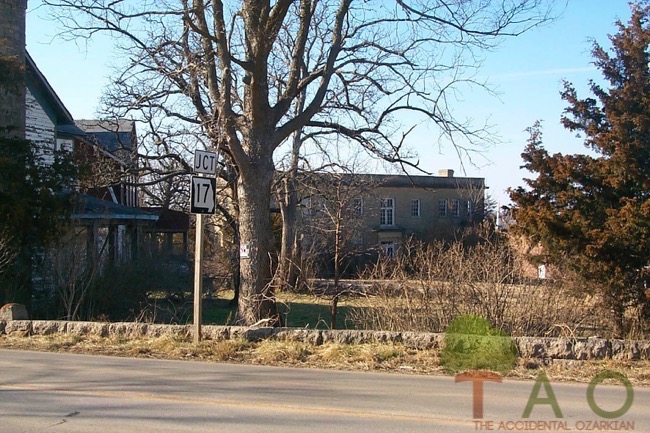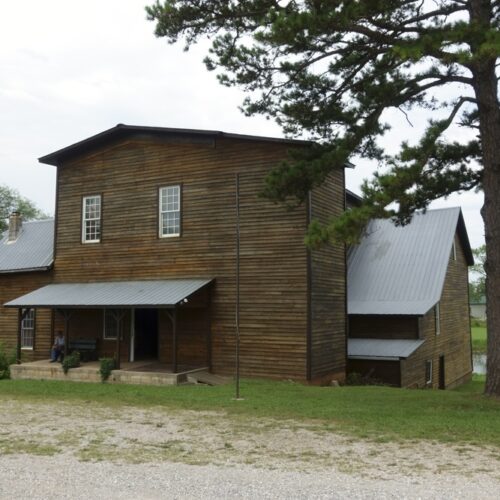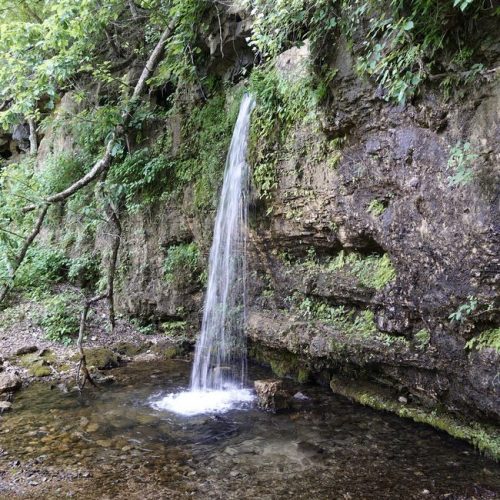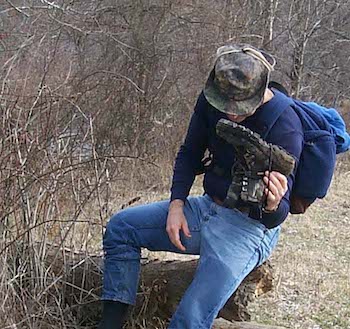While driving through the town of Iberia last spring, I happened to see a building that resembled an English manor house. “Hey, look at that,” I said to my family, and they all agreed that the place looked like the manor homes we visited while living in England. This one was for sale, too. It actually once held the Iberia Academy, an educational institution of high repute.
Fortunately, I have friends who have contacts in Iberia. Because of this connection, I was able to take a tour recently of the perimeter of the grounds. My tour guide, Robert Shackelford of Iberia, gave me a copy of the book written by William F. Jones in 1958, “A Memorial History of Iberia Academy and Junior College.”

I also met with Peggy Smith Hake, a genealogist/historian in Miller County, who wrote a book in 1981 titled “Iberia Academy and the Town … Its History.” In the forward, Hake writes, “History and genealogy go hand in hand down that dusty road of yesterday.”
For Hake, the Academy’s history correlates to her own family history, and she explained, “The reason it meant so much to me is because my father and my grandfather were stonemasons and did so much of the work there.”
The story of Iberia Academy began in 1889 when a man named George Bryon Smith and his wife, Mabel, graduated from Knox College, in Galesburg, Ill. They traveled by rail to St. Louis, where Smith met a salesman who described Iberia as “a place where folks ain’t got nothin’ and don’t know nothin’.”
Jones writes that the Smiths were contacted by R.T. Marlow, pastor of the Congregational Church in Iberia, and asked to establish an Academy. The Smiths decided to accept the challenge of bringing education and culture to the small Ozarks town. According to various sources, at this time there were no other high schools within a 10-plus county radius of Iberia.
The Smiths held the first day of school in October 1890 in a five-room, two-story brick building, enrolling one student for the academy course level, and about 20 students for the elementary level. Shortly after opening the school, the Smiths learned that the building would soon be sold to make a livery stable, and so they gave up his dream at the close of term and headed back to St. Louis.
On the train ride back to St. Louis, they met Professor James S. Stevenson and told him of their failed efforts in Iberia. Stevenson, a teacher in St. Louis and a member of the Pilgrim Congregational Church, decided to help the Smiths. Together with other financier friends, Stevenson procured the property and the Smiths returned to Iberia and reopened the school.
Smith taught Natural Sciences, Languages and Higher Mathematics. Mrs. Smith taught Literature, History and Civics and cultivated a fine garden of roses. Over the years, the faculty increased and course offerings multiplied.
The Academy offered opportunities for its students, male and female, to participate in athletics, debate, literary society, and religious societies, such as the Y.W.C.A. and Y.M.C.A. Junior College courses were taught sometime between the 1920-30s. Jones states that by 1941, the Academy offered “scientific commercial research, microscopic chemistry, advanced physics, trigonometry. … Its course leading to the legal profession was the very best.”
Hake writes about the Iberia football team of 1913, and its two games of the season. In fact, the first football game pitted Iberia against Rolla High School. Rolla came to Iberia and got trounced, 78-0. The second game of the season matched Iberia and Rolla again, this time in Rolla, and Hake writes, “The Rolla team ‘desired’ that the Iberia boys play the School of Mines instead. The Miners were made up of men of more experience and they had 11 substitutes which they kept sending in throughout the entire game, while Iberia’s first eleven played the whole game!” Rolla beat Iberia, 20-6.
Approximately 600 students graduated from the Academy during its 57-year existence. Jones writes, “Thousands were under the instruction and influence of the school for a long or short time.”
Preachers, teachers, doctors, businessmen and lawyers owe their success to the Academy.
Mrs. Smith died in 1932 and Mr. Smith kept teaching until 1947, having accrued 57 years at the Academy. The last commencement occurred in 1951, a year after Smith’s death. Shortly after Smith’s death, all records were transferred to Drury College and the alumni were now known as Iberia-Drury Alumni – as result of the relationship between the Academy and the Congregational churches in the state.
Presently, the four buildings occupy about three acres of property, while the city of Iberia has grown to surround the school and encompass the other 17 acres of the original school grounds. The administration building, gymnasium and rock walls were constructed by student labor working alongside stonemasons, using stone quarried nearby. The three-storied women’s dormitory was built in 1903. The Professor’s House, circa 1888 and known as “The Fatty George Mace home,” stands dilapidated near Highway 42.

The Administration Building, built to replace the original one that burned in 1917, sits in the center of the crumbling-walled complex, catching the eye of passers-by with its fine rock exterior, double front doors and big windows. Behind the Administration Building stands the Martin Gymnasium, circa 1927, a fine rubble stonework building.
Please note, this column first appeared in 2003.





